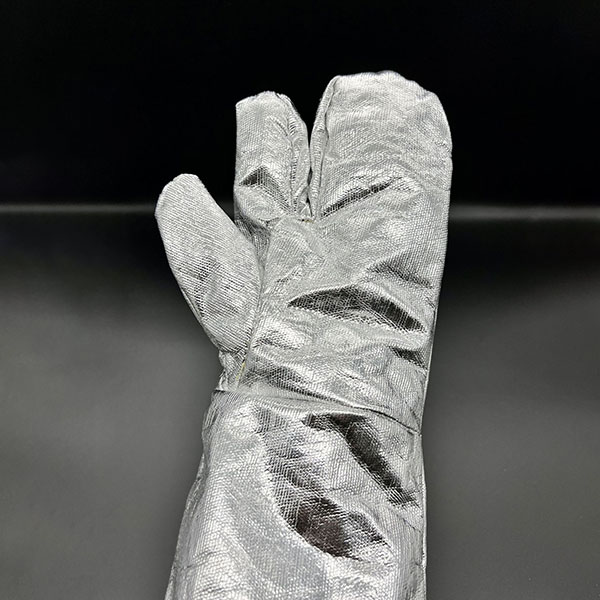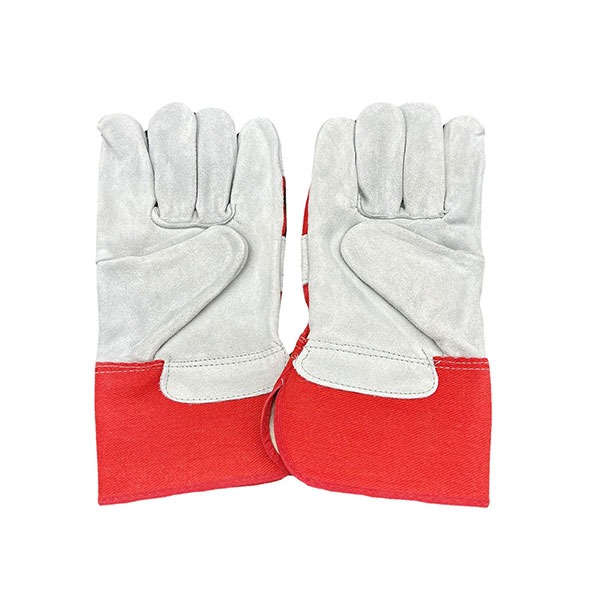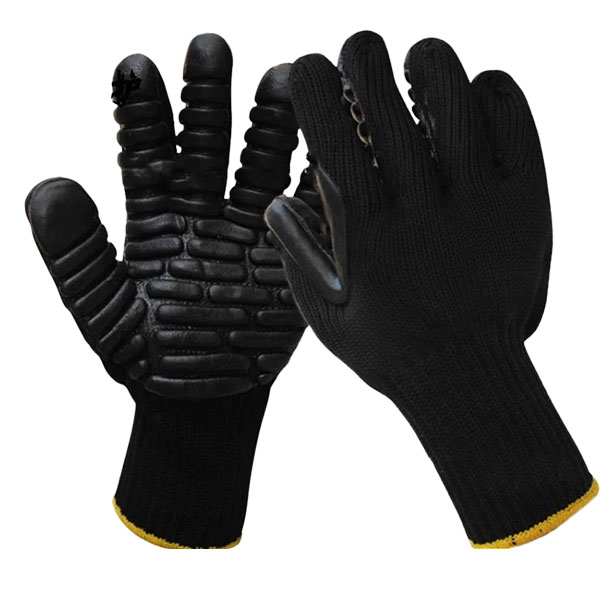
what respirators
Which respirators to choose?
Respiratory protection is an important component of security, especially in conditions of increased dust, work with harmful substances or during epidemics. The choice of a suitable respirator may seem like a difficult task, but, having understood the main types, you can easily find the best option.
Classes of protection and filters
Respirators differ in the degree of protection, which is indicated by the class. The lowest class provides protection against dust and large particles, while higher classes cope with smaller particles, fogs, smokes and aerosols. A key element is a filter. There are filters for various harmful substances: dust (P), gas (A, B, E, K, AX, etc.) and combined (for example, P3 R D). The digit in the designation of the dust filter indicates the degree of cleaning (for example, FFP2 is a higher degree of protection than FFP1). It is important to carefully read the marking on the respirator to make sure that it is suitable for specific working conditions or environment.
Types of respirators: from simple to complex
The simplest respirators are disposable masks with various filtration levels. They are suitable for protection against dust and large particles in everyday life or in situations that do not require a high degree of protection. More complex - half masks and full -faced masks that provide more reliable protection. Half masks cover the nose and mouth, and full -faced masks - the entire area of the face, including the eyes. When choosing between them, take into account the level of danger and ease of use. Full -faced masks are more effective, but less comfortable for long -term wearing.
How to choose the right respirator?
In addition to the protection class and type, it is important that the respirator sits well on the face. There should be no gaps between the mask and skin. A tightly adjacent respirator is the key to effective protection. Before buying, it is recommended to try on several models to choose the most comfortable option. If you are not sure of choosing, consult a labor protection specialist. Do not forget that the respirator is a means of individual protection, and its correct use is the key to your health and safety.
AppropriateProducts
Corresponding products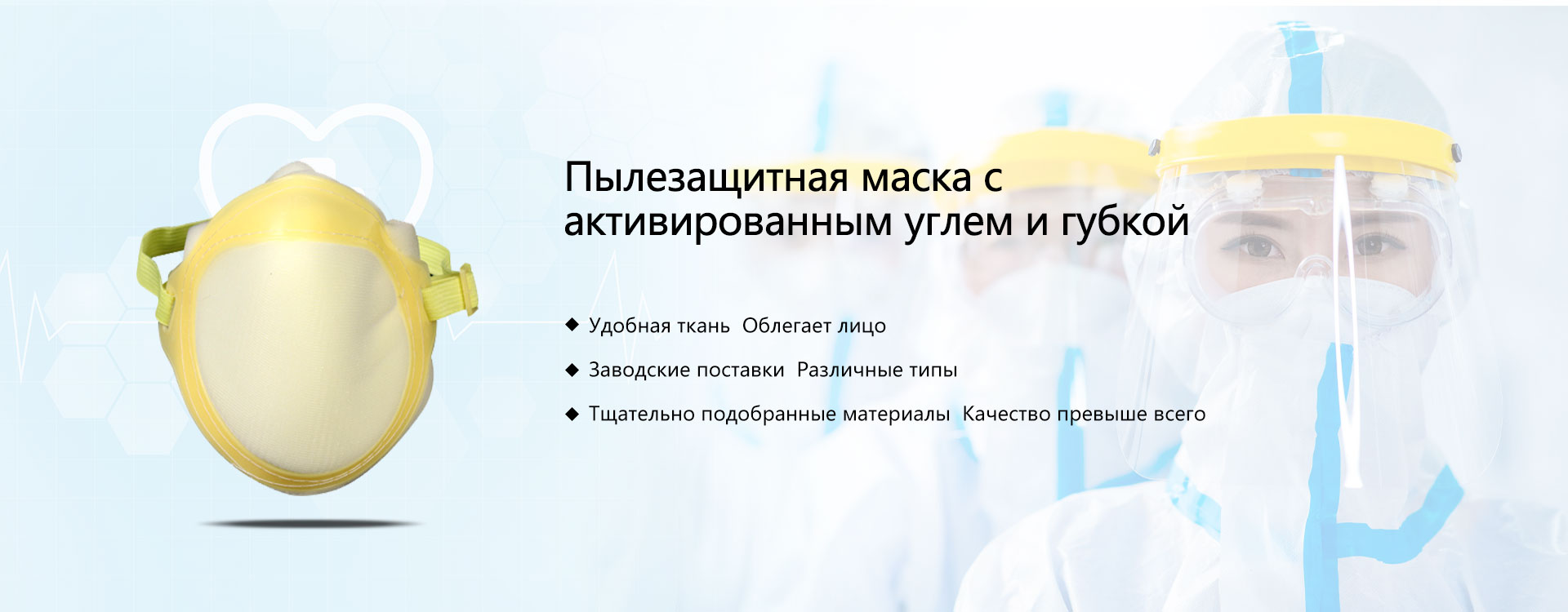
The best soldproducts
The best -selling products-
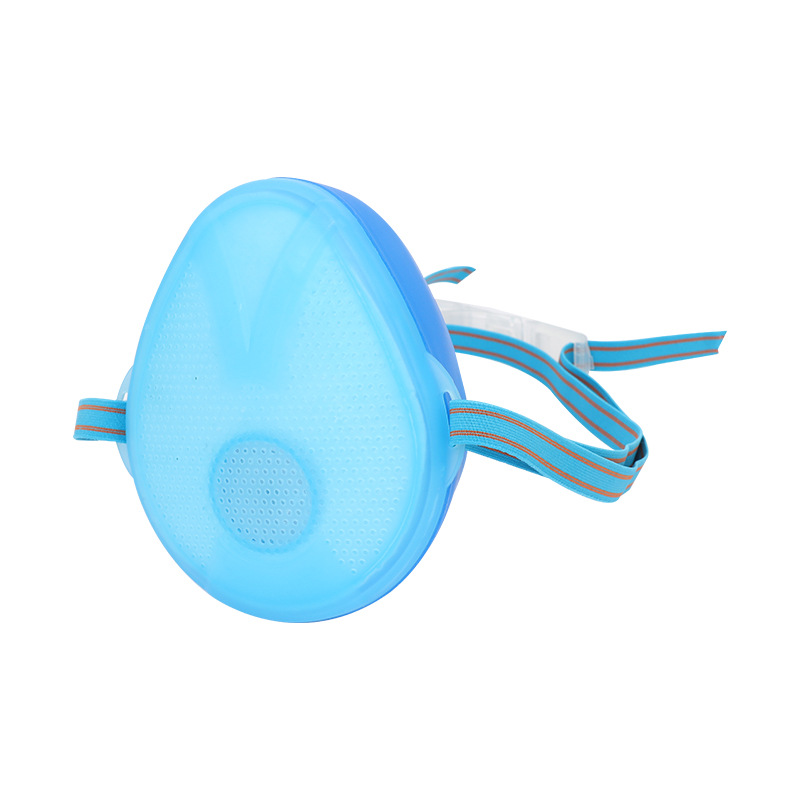 Dust respirator, a summer convenient and breathable mask for protection against solid particles
Dust respirator, a summer convenient and breathable mask for protection against solid particles -
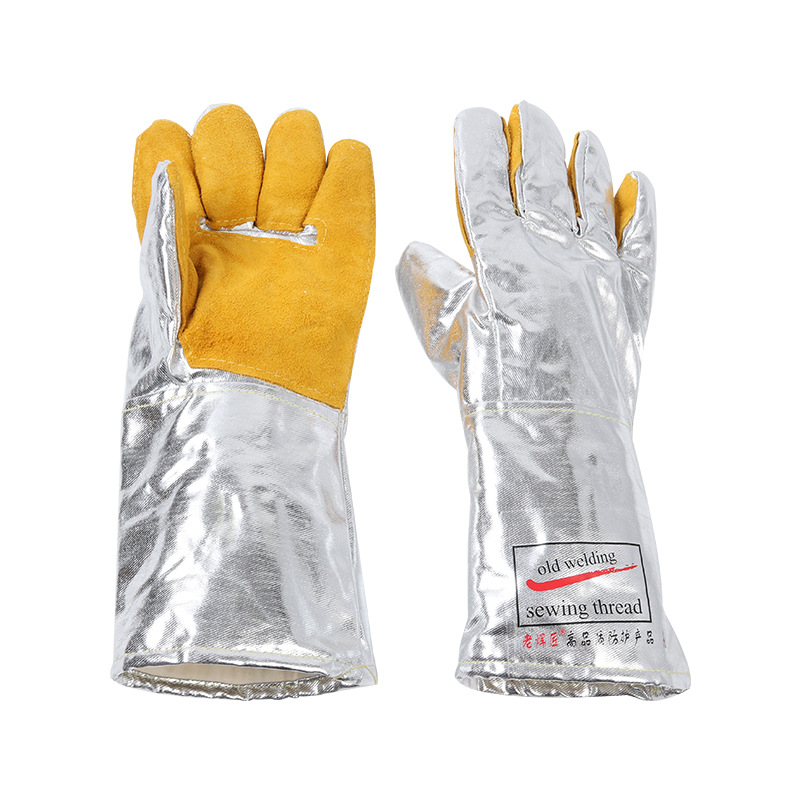 Gloves made of heat -resistant aluminum foil with oxide skin to protect labor
Gloves made of heat -resistant aluminum foil with oxide skin to protect labor -
 Clean shield mask KN95
Clean shield mask KN95 -
 Clean shield protective spongy respirator from dust
Clean shield protective spongy respirator from dust -
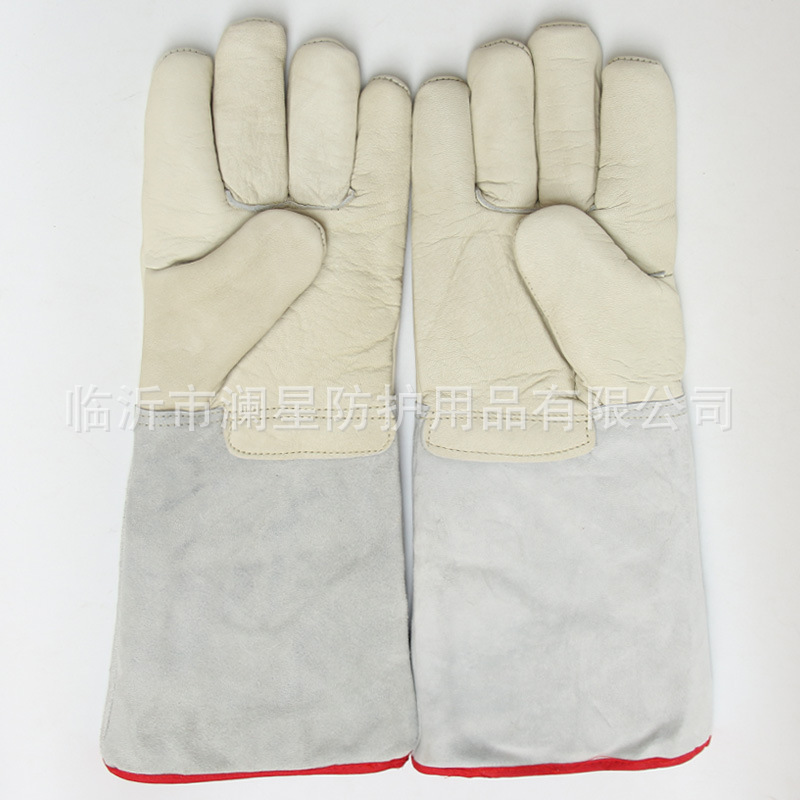 Low -temperature gloves resistant to liquid nitrogen
Low -temperature gloves resistant to liquid nitrogen -
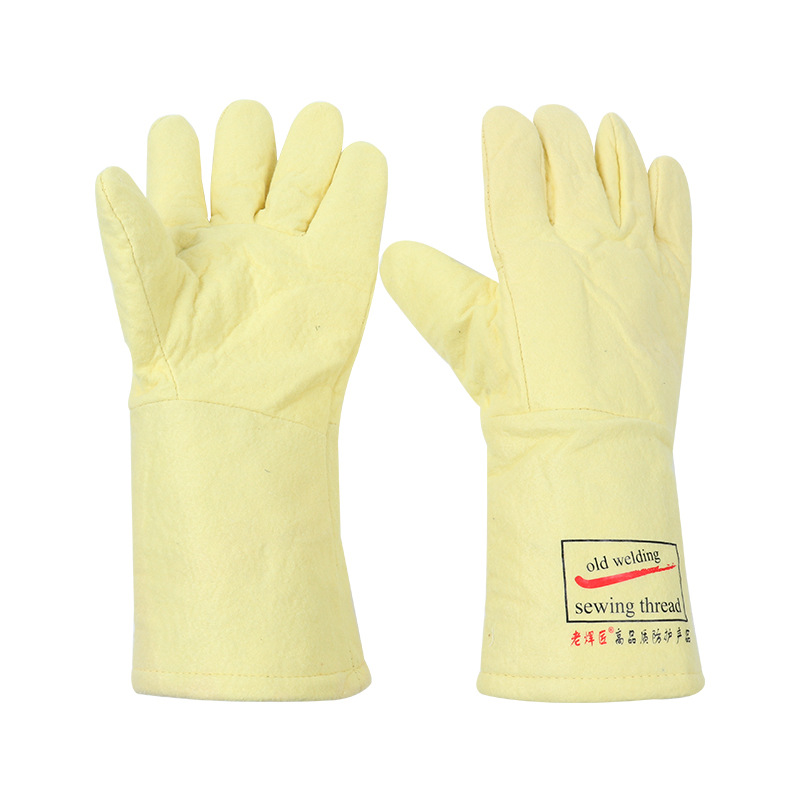 Gloves with a thickening to protect against high temperatures and thermal insulation
Gloves with a thickening to protect against high temperatures and thermal insulation -
 Heat -resistant insulating gloves made of aluminum foil with five fingers
Heat -resistant insulating gloves made of aluminum foil with five fingers -
 Antistatic workwear
Antistatic workwear -
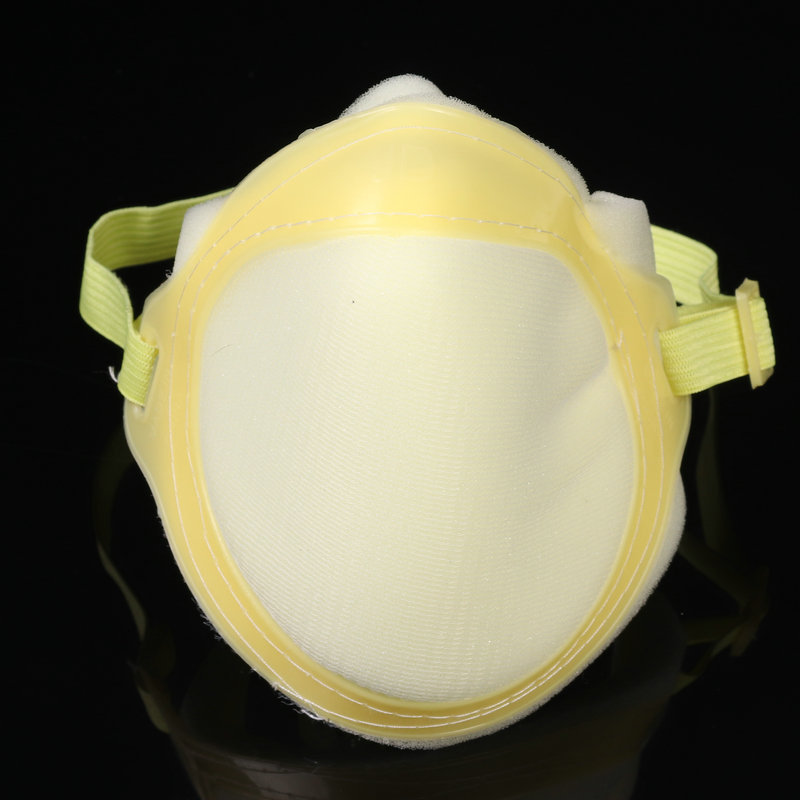 Spongy dustproof respirator with activated coal
Spongy dustproof respirator with activated coal -
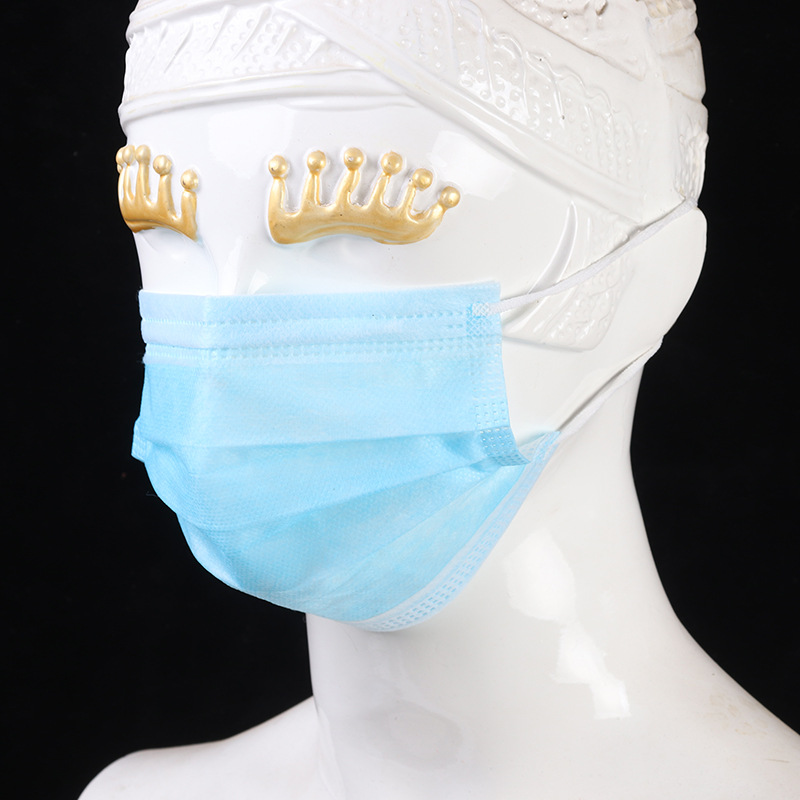 Clean shield disposable masks ordinary protective masks for adults
Clean shield disposable masks ordinary protective masks for adults -
 Gas mask chemical mask from dust for protective coloring
Gas mask chemical mask from dust for protective coloring -
 Honeywell Kn95 dust respirator
Honeywell Kn95 dust respirator
Connectedsearch
Related search- Cheap disposable gloves the main countries-buyers of gloves
- Leading Chinese buyers of personal respirators
- China red welding factory gloves
- Suppliers of the respiratory devices of individual protection in China
- disposable mask 3
- Cheap suppliers disposable three -layer masks
- Cheap sterile gloves prices
- Suppliers red welding gloves from China
- Cheap pair of good gloves suppliers
- Leading suppliers of gas masks GP 5 from China









